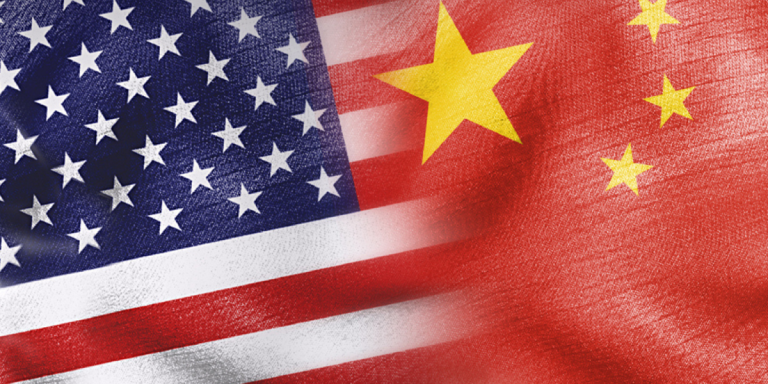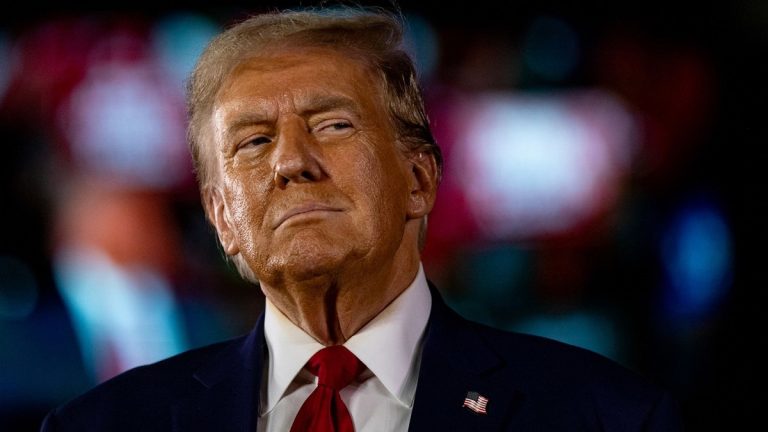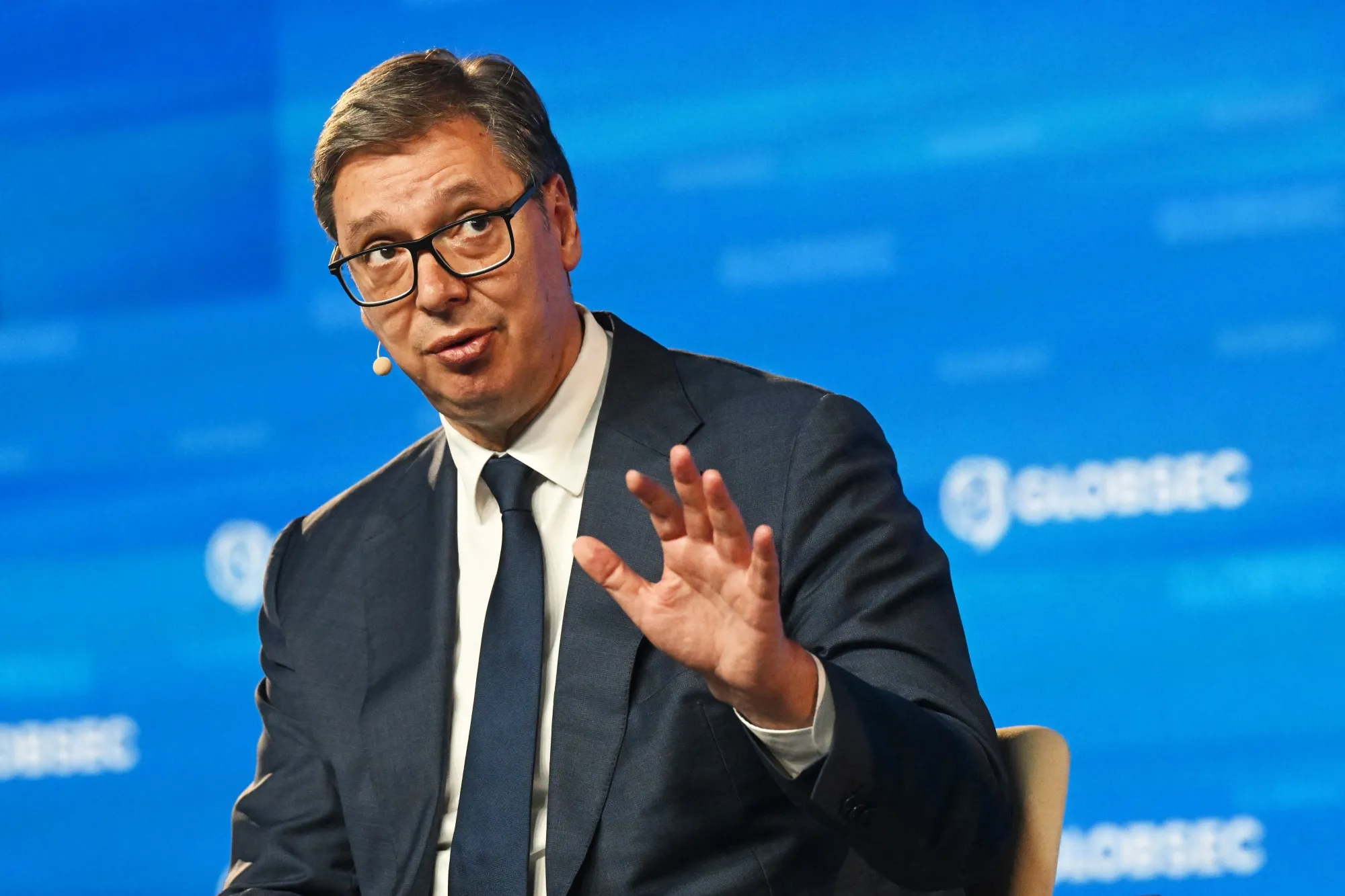
Behind the protests in Serbia is… Vucic?
The blockade of Belgrade’s largest transport hub, Autokomanda, as part of the ongoing student protests, has forced the country’s authorities to issue another statement. However, the assurances from Vučić, who stood like a teacher in front of a blackboard promising to fulfill all the protesters’ demands, did not elicit a positive reaction. Moreover, the events of the night following the address led to the resignation of Serbia’s Prime Minister, Miloš Vučević.
The protests continue to this day, becoming increasingly decentralized, with striking actions instantly mobilizing all groups of protesters to acts of solidarity, as seen, for example, during the student march to Novi Sad. What lies behind this political instability—whether it’s the “scheming of external enemies,” popular outrage, or a cunning strategy by the official Belgrade—we will try to understand together.
October turned out to be eventful in Serbia after a brief lull in September. Back then, the intrigue of the month was the question of Vučić’s trip to the BRICS summit and the anti-Russian conference in Dubrovnik. Until the last moment, the president kept the public in the dark but ultimately did not fly to Kazan. However, he obediently went to the “brotherly Croats” to condemn “Russian aggression” after a visit from the new U.S. Special Envoy, Casanof, changing his plans.
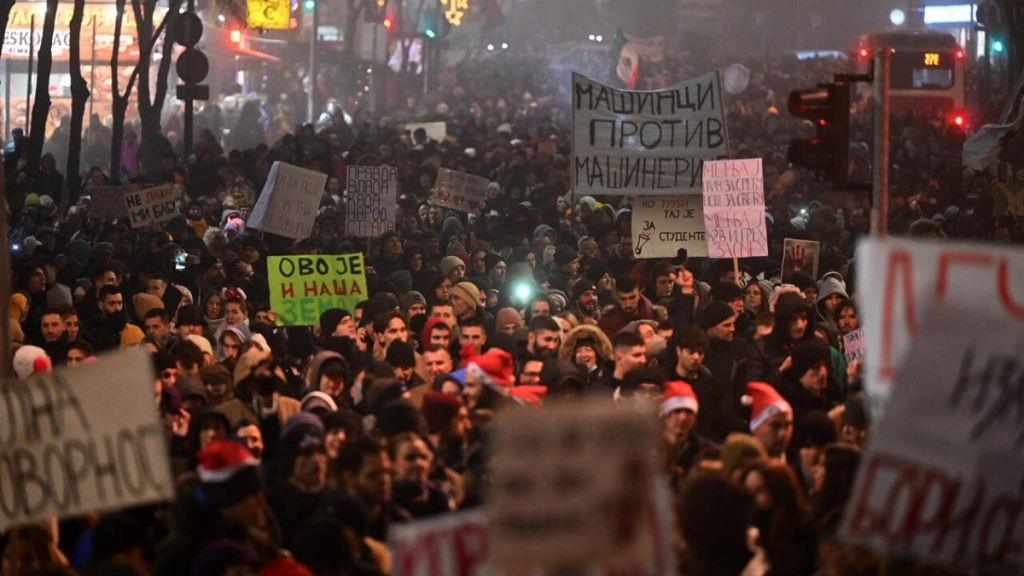
Serbia has been under immense pressure in recent years: Kosovo is almost recognized, Euro-colonization through local institutions is accelerating, NATO has long since entered the country in a covert manner, and the country’s natural resources have been handed over to the notorious corporation Rio Tinto… Vučić is on the verge of officially and legally recognizing what has already been done. Like a classic Schmittian sovereign, the Serbian president keeps the country in a perpetual “state of emergency”: either calling snap elections, addressing the nation, or announcing some “political decision” that he legally has no authority to implement. Something similar has been happening in recent months.
Let’s go back to the moment when the opposition, which we have already called tame, staged a brawl with the ruling party’s MPs back in November. The strange spectacle lasted several hours. Why? Perhaps it was necessary to shift the focus from the president to something else. At the same time, student protests erupted in the country following a terrible tragedy. This event, shortly before the U.S. elections, effectively marked the beginning of the parliament’s paralysis. So, we have the first major institution whose activities were effectively frozen after a mass brawl and the opposition’s boycott of parliamentary work. Soon after, a tragedy occurred in Novi Sad. Almost three months later, Vučić made another address. He assured that all the protesters’ demands had been or would be met. Alongside him was Miloš Vučević, the country’s Prime Minister, former mayor of Novi Sad, resident of the “northern capital,” and chairman of the “ruling” Serbian Progressive Party. By the way, one of the protesters’ demands was to punish all those who had attacked students in recent months… And these attacks were carried out, among others, by groups believed to be affiliated with the “ruling party.”
A new wave of protests, starting from November 4, was fueled by attacks and cars driving into demonstrators. Vučić, an experienced player, does not send gendarmerie units to disperse the protesters. Understanding the implications of deploying “paramilitary” formations against students, he makes it clear (at least publicly) that no one should be beaten—not even for the honor of the Serbian Progressive Party. So, what happens? On the night after the address, a group of thugs emerges from the Serbian Progressive Party’s office in Novi Sad and beats up students who were drawing stencils on the office walls. The Prime Minister resigns the next day.
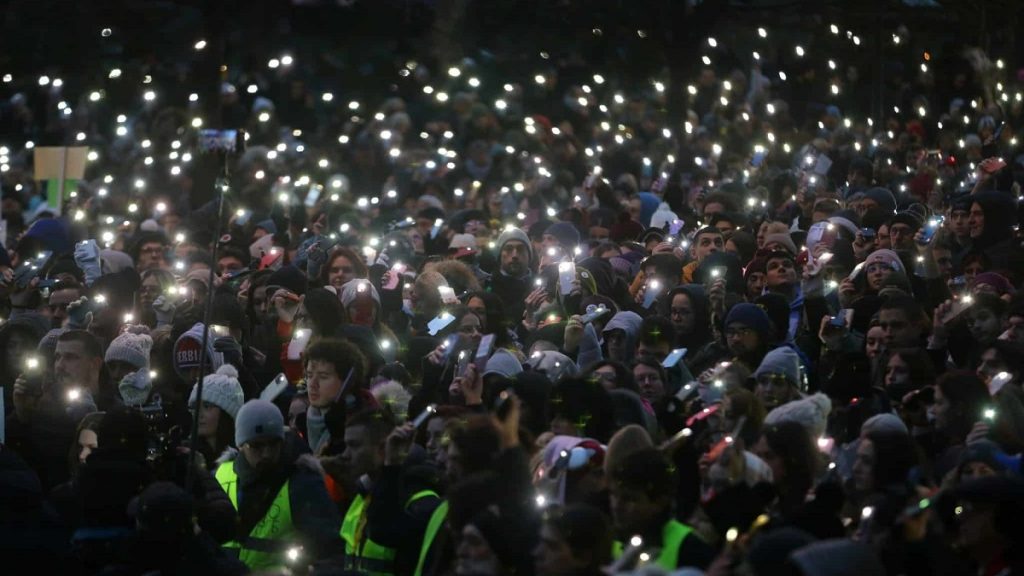
“Black swan” is the first thought that comes to mind. Provocation sounds more plausible, and here arises the idea that there is an elite conflict within the “ruling party.” The incident seems too deliberate, in other words, like a “setup”—it can’t be called anything else. But insiders say the attackers… were guys from Vučević’s son’s company! Hotheads decided to stand up for their father’s cause, to earn favor? After three months of protests, this is hard to believe. Now, due to the forced resignation of the Prime Minister, the government’s work is also paralyzed.
The paralysis of the government raises the following questions for the authorities according to the law: either to choose a new cabinet of ministers or to hold new parliamentary elections. Technically, it is possible to re-elect the government—the “ruling coalition” has the necessary number of votes in parliament. The opposition, no matter how tame, will have to feign outrage, and in the crudest forms. Otherwise, it will lose political points in the eyes of the electorate.
In 2025, Vučić needs to renew the “gas contract” with Putin. He even promised once again to go to Moscow for the Victory Parade on May 9 (which many skeptics doubt). It is unclear how the conflict in Ukraine will end, and there is less and less unity in the West regarding support for Kyiv (and Vučić and his team have demonstratively and symbolically met with Zelensky and his representatives more often in recent years than with representatives of official Moscow). Finally, it is unclear what the Trump administration’s policy towards Serbia will be—whether to continue pressuring, tearing Kosovo away, creating a “Greater Albania,” dragging the country into NATO, and even encouraging local separatism—or whether a “thaw” is expected. Vučić and his team are either preparing for a power transition or simply buying time to delay unpopular decisions, hoping that they won’t have to make these decisions and can backtrack.
Moscow and Washington, united in their expressions of concern, also demonstrate that they do not understand what is happening in Serbia. The fact is that a “local story” is unfolding in the country, which some would like to see as a rebellion of a suffering people, but in reality, it resembles a very finely executed elite conflict, or even managed chaos.
